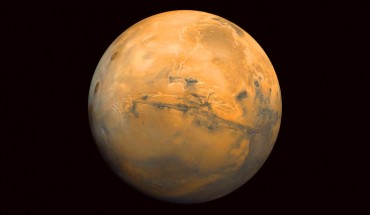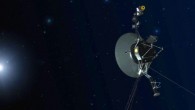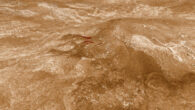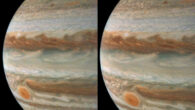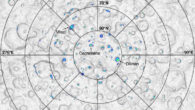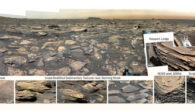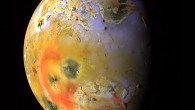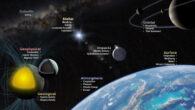Current impact rates at Mars could be 2-10 times higher than previously estimated, depending on the size of the meteoroids, according to new research. Mars; the center of the scene shows the entire Valles Marineris canyon system. Image credit: NASA Goddard Space Flight Center. “It’s possible Mars is more geologically active than we thought, which holds implications for the age and evolution of the planet’s surface,” said Brown University’s...

